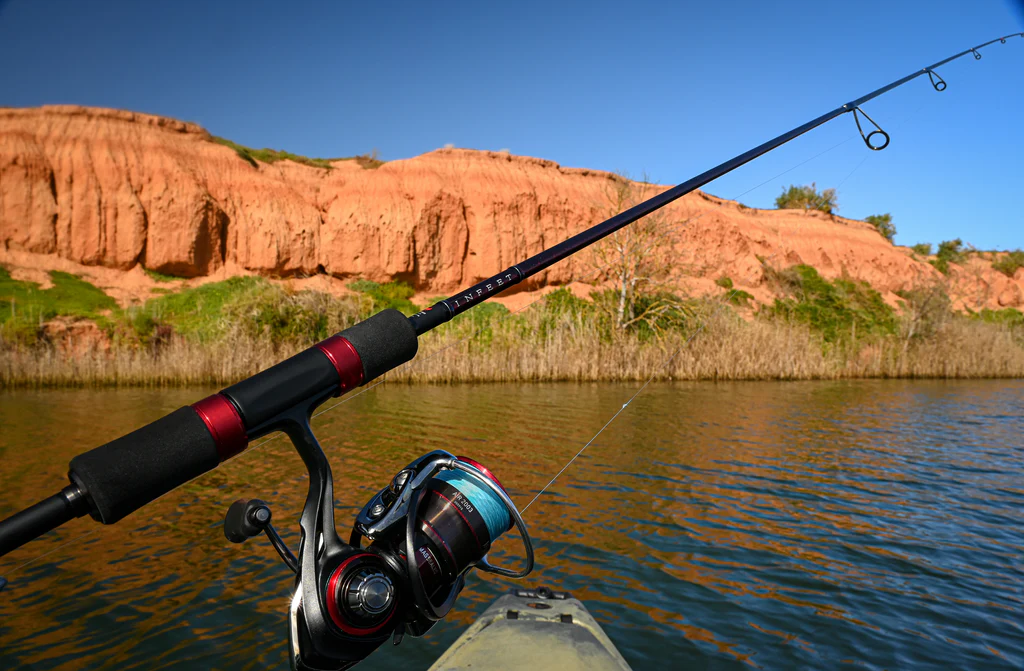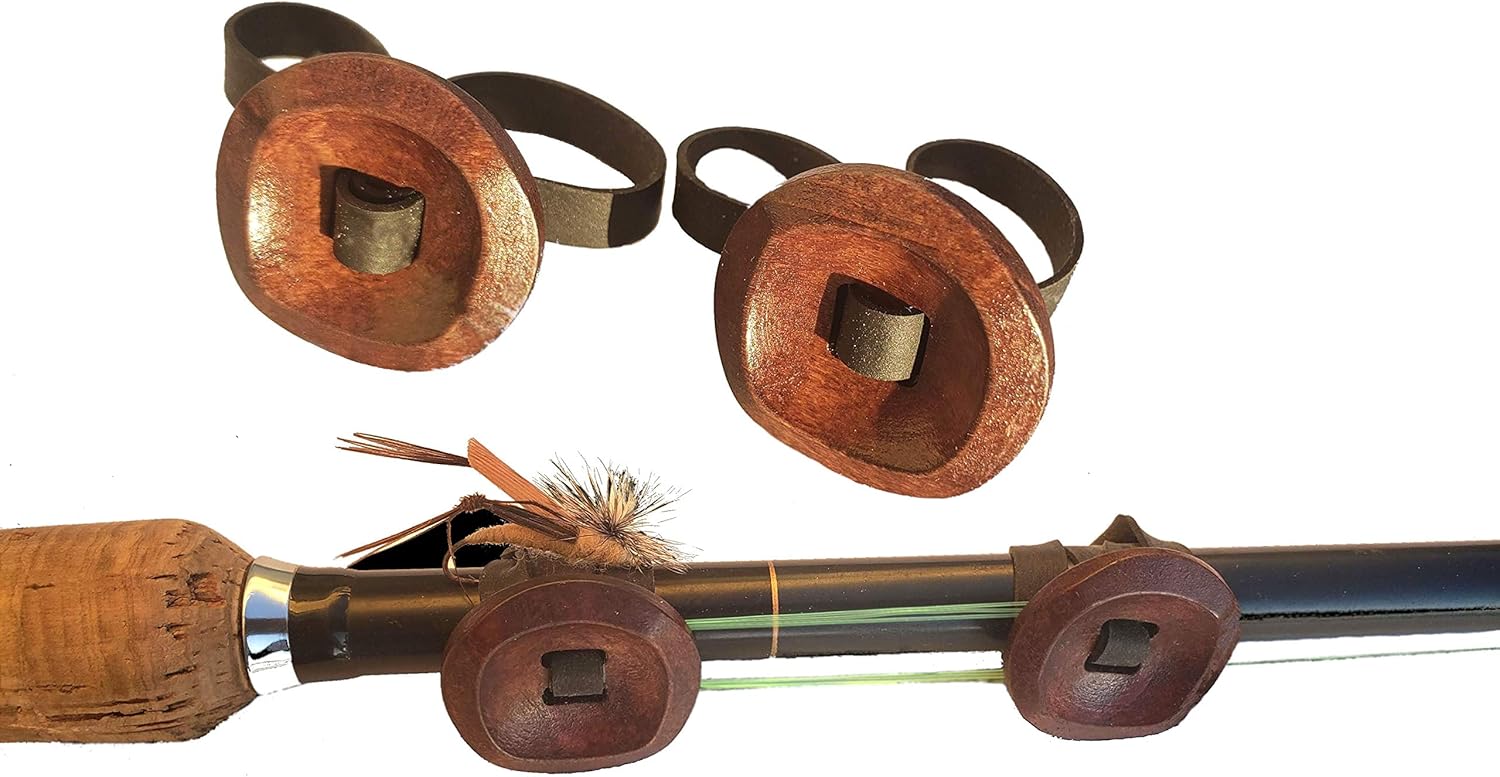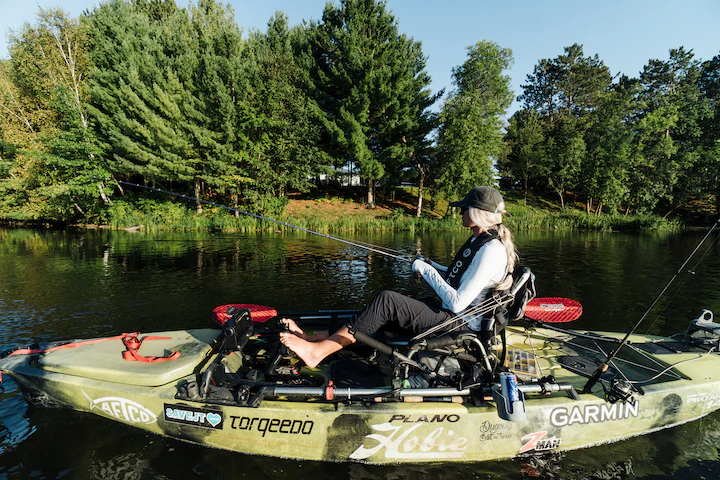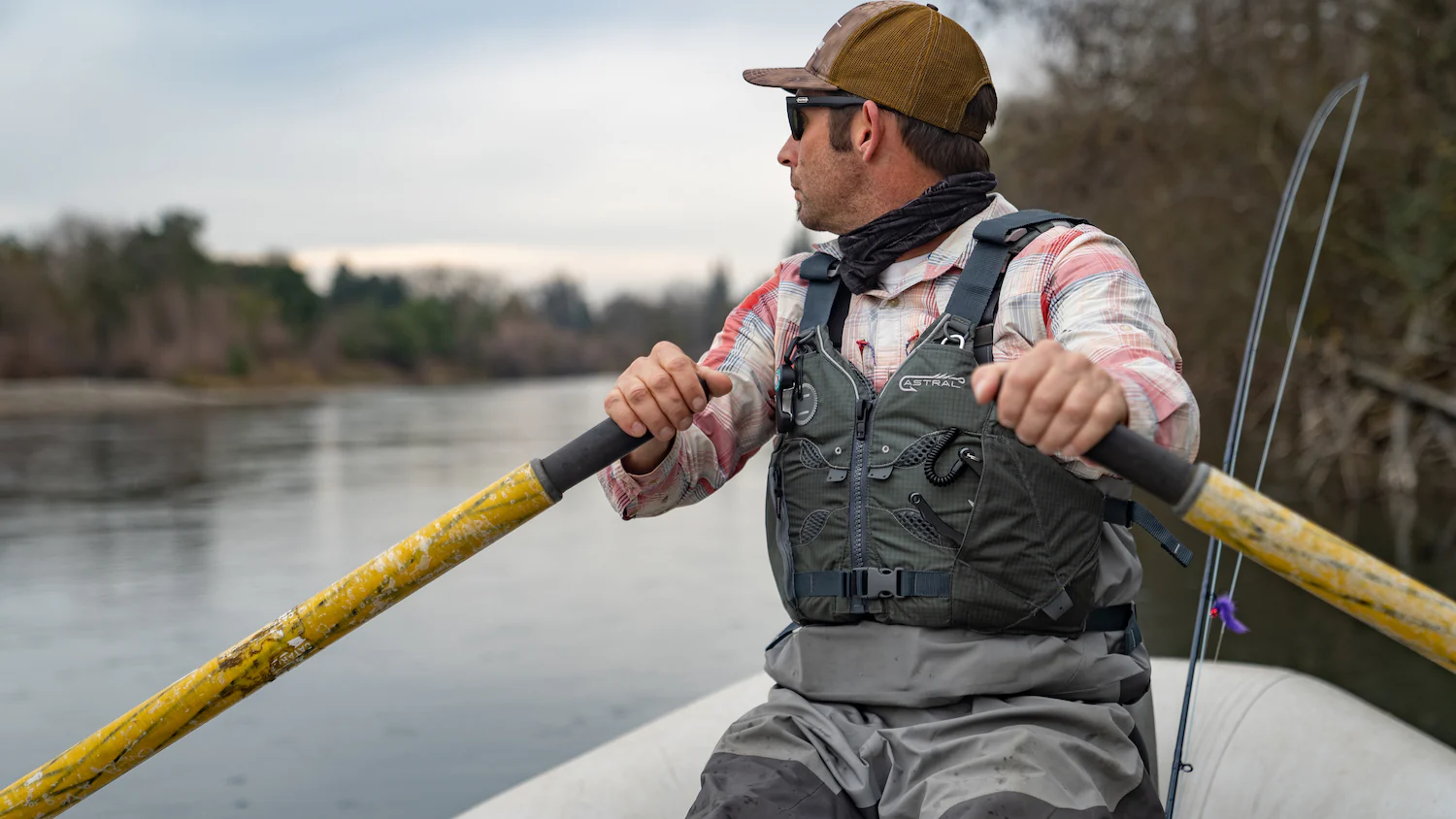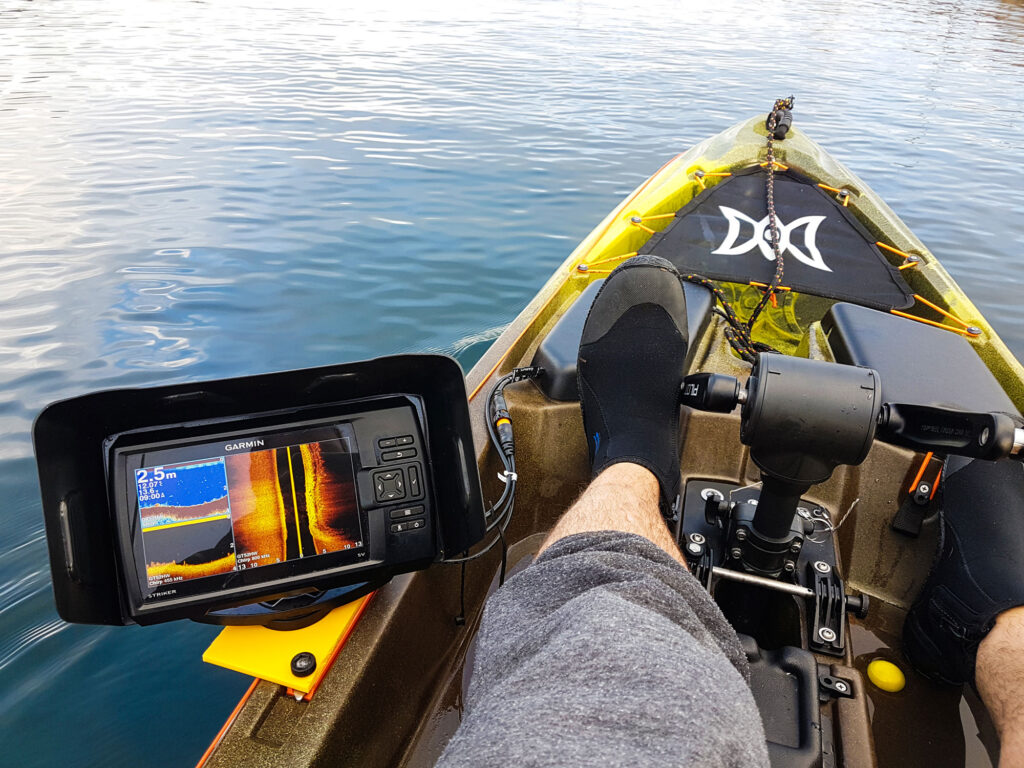Table of Contents
This guide for novices will explain how fish finders work. Thus, providing one platform in which people can build upon an understanding of these devices. that use sonar technology to unveil points of view underwater and reward anglers. Whether you are angling in the freshwater lakes or into the expanse of ocean water, mastery over a fish finder is important. Regardless of your type of fishing, a fish finder can help you save a lot of time.
What is a fish finder?
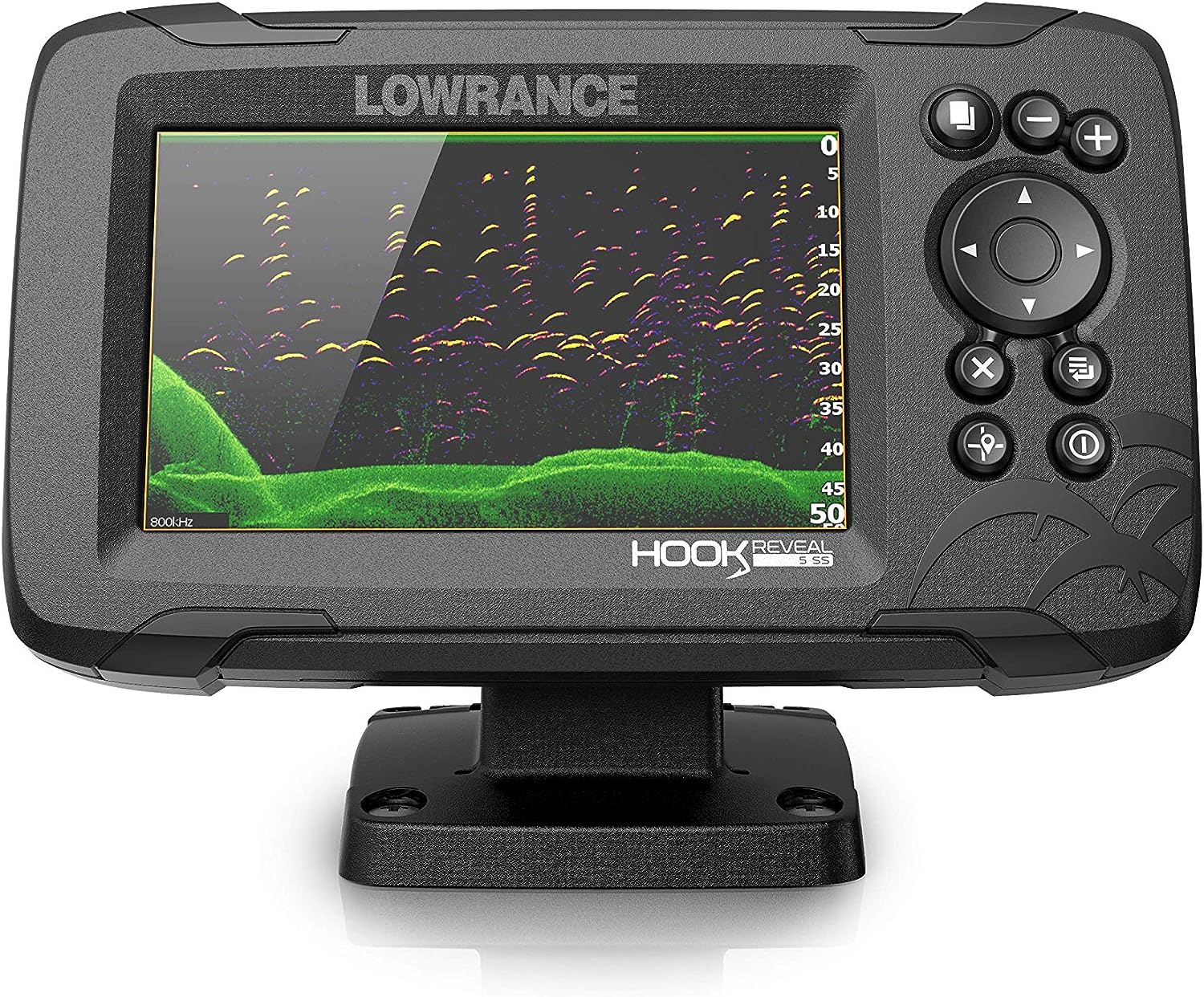
A fish finder is a type of electronic device powered by sonar technology. It locates the presence of any fish and other objects underwater. It consists of two main components: the mount-bed display and a transducer. The transducer releases sound waves that go through the water until they strike an object. These objects can be a fish lake bottom or structure.
Shortly after hitting the object, these waves revert to create echoes. Then these echoes are visible on the transducer. The duration the reflections take to get back helps it determine where or how far away from that location.
The display unit of a livescope fish finder like the Lowrance fish finder changes these signals into a graphic form. It provides the angler with an image of what is underneath him. This image can display fish symbols and depth reading.
Fish finders may come with all sorts of refinement, from black-and-white 2D pictures to images rendered in full color. The great detail also facilitates GPS mapping or allows for a direct connection. Fish finders are crucial equipment for amateurs and professionals engaged in fishing.
Types of Fish Finders and How Do They Work
There are three major types of fish finders, which are:
- 2D sonar
- Down imaging sonar
- Side imaging sonar
2D Sonar
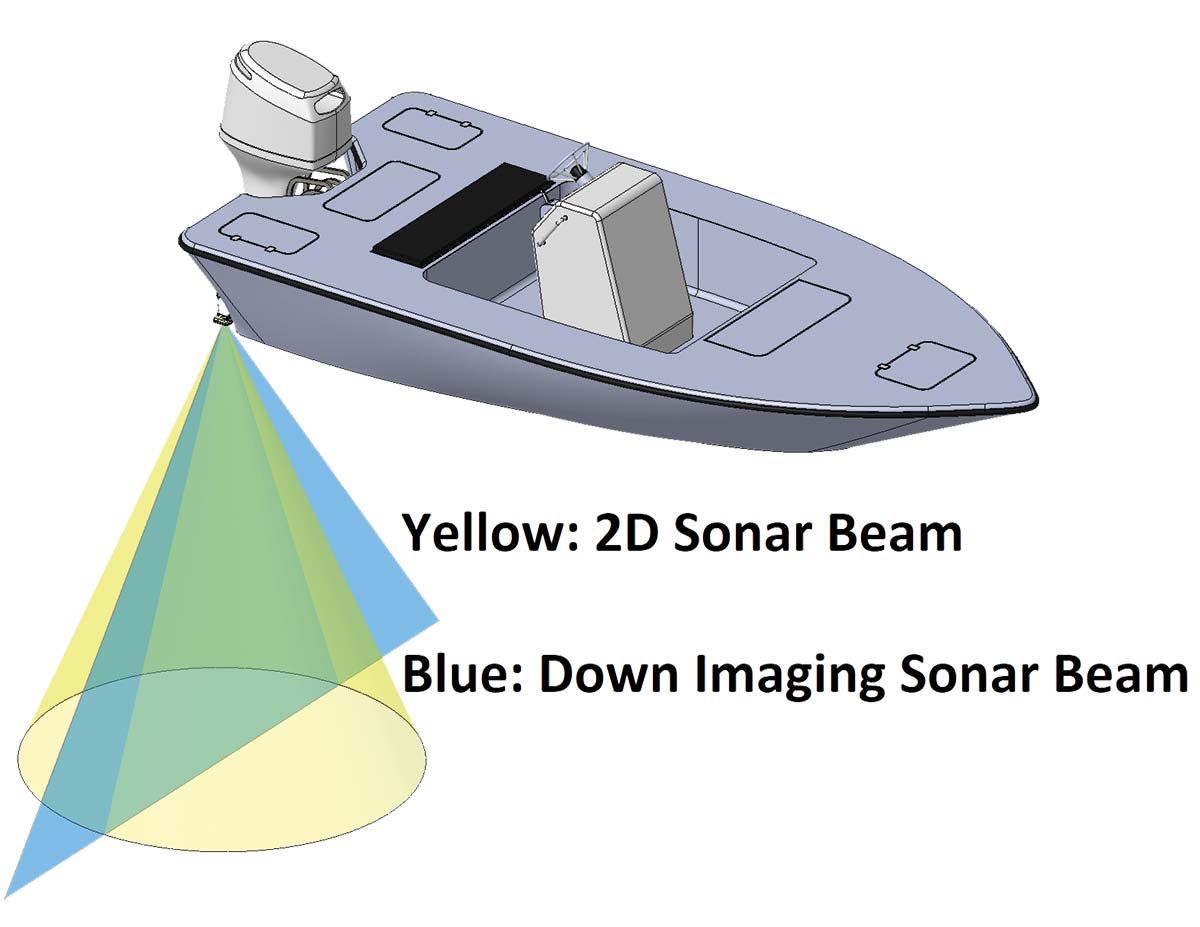
2D sonar is the oldest form of sonar technology employed in a depth finder. It remains among the basic units for most systems. Thus, it sends sonar waves in the shape of a cone underneath it. When stimulated by objects such as fish or the bottom, these waves bounce back and are processed. Usually, what the angler sees on the display is a row of arches that represent fish and a solid line to signal the bottom. Fishermen can change cone angle and frequency. It’s useful when it comes to convergence area as well as sensitivity.
A vital advantage of the technology of 2D is its flexibility. Whether one is fishing in the deep sea or near shores, 2D sonar visualizes these underwater bodies. Its best use is to determine the change in the depth of fish and bottom contour. But its basic form also doesn’t contain the more complex imaging associated with down or side-imaging sonar. It can sometimes mean anglers have to do a little bit more guesswork when pinpointing certain types of structures and fish species.
Down imaging sonar
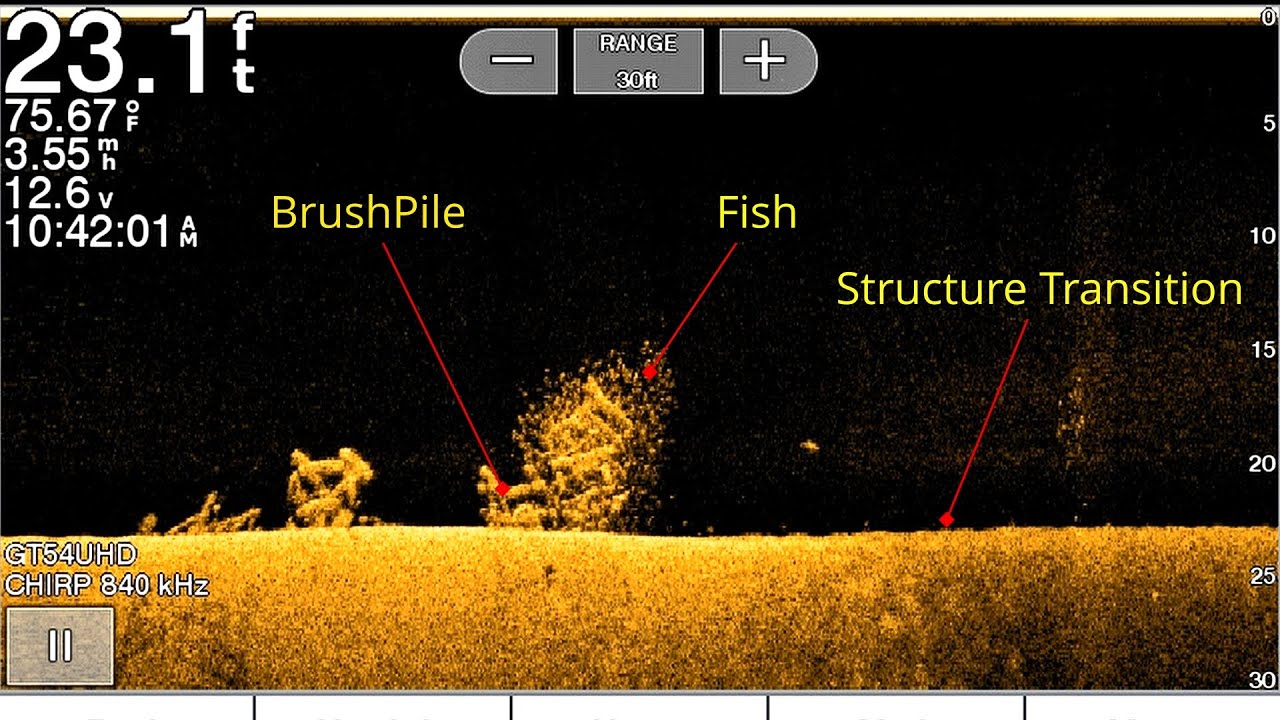
Another new sonar known as down imaging gives a detailed and clear view of what lies under the boat. Down imaging does not work in the same way as 2D sonar. Instead of sending a side-to-side low-frequency beam, it sends out a high frequency towards downwards. It results in an almost photographic image. This higher resolution of the ice fishing fish finder allows for differentiation between structures. If an angler needs to know the underwater landscape details, then down imaging sonar would meet the requirements best.
This sonar technology enables finding caught points of fishing without disturbing the water. Down imaging is ideal for clear to more transparent waters. It provides intricate details that are enjoyed. The main advantage is this depth finder is to discover the fish hidden inside tight structures or those suspended in water columns. Its efficiency varies with muddy or turbulent water. It should not help much in full circle coverage of horizontal areas as side imaging sonar would do.
Side imaging sonar
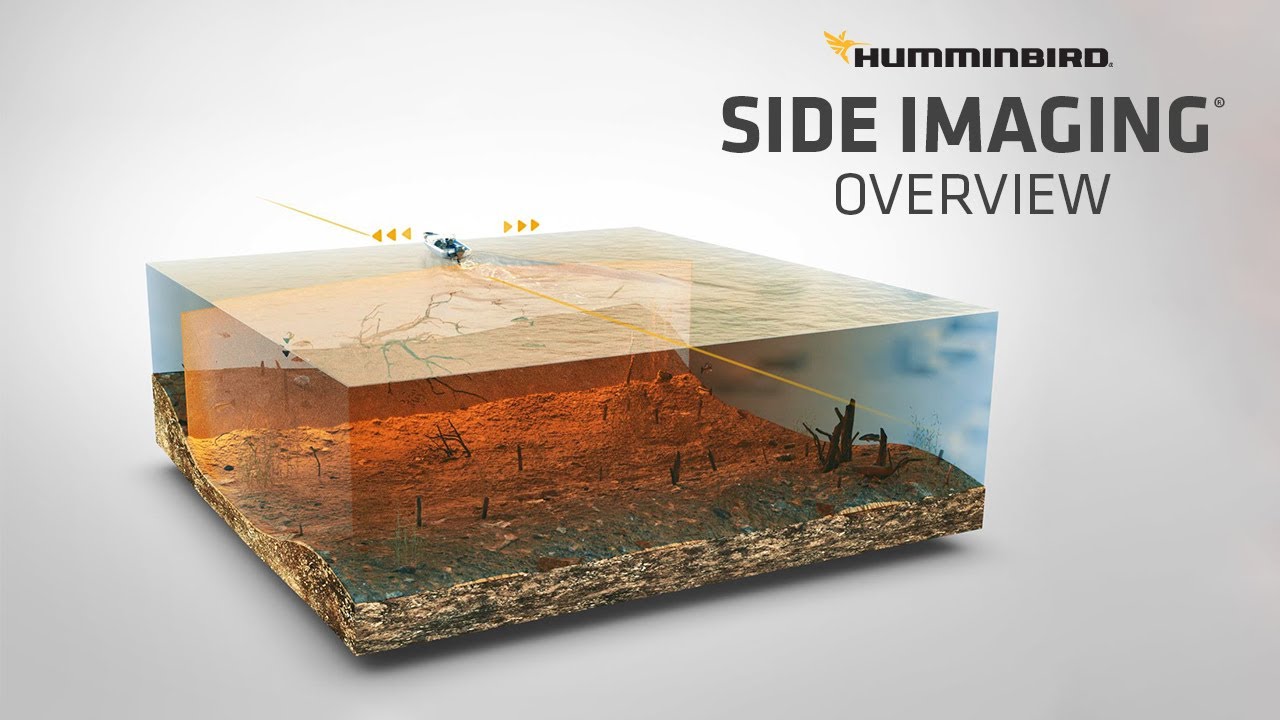
Side imaging sonar is a technology that stretches our vision beyond the boat’s side. Using high-frequency rays, it scans waters reaching lengths of several times the depth. Thereby, it gives a general and detailed overview of the underwater spectrum. It detects various structures presented along with shoals of fish. These can be present or dangerous obstacles waiting for their victims. When it comes to side imaging, fishermen have data about broader aspects from a horizontal perspective in water. Thus, allowing a quick survey of a large area. The technology gives a clear image of underwater terrains and fish hideouts, like drop-offs, riverbeds, and weed lines. These areas are mostly missed by traditional sonar.
However, despite its amazing capabilities, it is most useful in shallow water because the beams do not lose strength over a large distance. The treatment beams scatter into deeper habitats and thus provide blurry images. In addition, for optimal clarity, this kit demands a slower boat speed that can increase the number of hours spent by anglers in water. However, side-view imaging sonar is now a must-have tool for modern fishermen. It offers a competitive edge for precise angling and for choosing fishing spots. It helps those who want to map out vast, unfamiliar areas.
What is CHIRP in a fish finder?
CHIRP technology in ice fishing fish sonar devices is a breakthrough. It has greatly improved sonar performance. CHIRP sonar sends a signal of varying frequencies. Traditional sonar sends a pulse of single-frequency sounds. This range lets the fish finder pick out fine details. It gives better target separation and sharper fish arches.
Therefore, fishermen may interpret fish of different sizes and shapes. They may also locate fish near structures or the bottom. The technology improves signal processing. It allows viewing images underwater. This boosts freshwater fishing trip success rates.
Also, CHIRP reduces clutter and noise. It improves imaging. This makes it easier to tell bait fish from game fish. The improvements have helped detect fish at various depths, from small estuaries to distant offshore waters.
CHIRP sonar beats traditional systems in deep water. It has better penetration, guaranteeing precise readings at greater depths. As a result of these advances, the choice has been with CHIRP-equipped fish finders. Today, both professional and amateur anglers trust them. They know it’s the best, most reliable sonar technology.
How Do Transducers Work?
A portable fish finder that is CHIRP system-enabled uses transducers to transmit and receive signals. Transducers convert electrical energy into other forms, like sound waves. This conversion uses piezoelectric crystals. They expand and contract when an electric current is applied.
In a fish finder, the transducer is submerged in water, and it can be installed on the undering of a boat or sealed through a hole. An electric impulse from the fish finder triggers it. It passes through the transducer and vibrates crystals at a certain frequency. This produces sound waves that move toward the water.
At this point, the waves move through the water until they reach objects, including fish or structures. Once the sound wave strikes an item, it reflects or rebounds to be captured by a receiver on the transducer. The receiver translates the echoes into electrical impulses. These are sent back to the portable fish finder for display on a screen.
Who should use a fish finder?
For novices learning a new lake and pros seeking to boost their catch, a fish finder is a must-have tool for all anglers. Recreational fishermen need the device to find lively spots underwater. Professionals rely on it for precision in contests and tournaments.
Also, commercial operators and guides can use the fish catchers’ knowledge. It can help them take clients into deeper water for a better trip. With a fish finder on board, users can improve their catch rate. They will also learn about underwater habitats.
Wrapping up!
To summarize, a fish finder is a powerful tool that uses sound waves to detect and display the location of fish and underwater structures. It transmits and receives signals through a transducer. It converts sound waves into electrical signals. Then, it processes and displays them on a screen. Any angler looking to improve their freshwater fishing skills or enhance their experience on the water can benefit from using a fish finder. This portable fish finder can boost your fishing game. It offers insights and increases efficiency.
FAQs
What is the purpose of a fish finder?
The primary purpose of a fish finder is to visualize fish and underwater structures by the sound wave signals it emits.
How does a kayak fish finder work?
This instrument sends sound waves through the transducer, capturing messages of echoes that lie underneath. These signals are then transmitted to a screen where the users can read information about what is in the water.
Can anyone use a fish finder?
Yes! Fish finders are created for every level of freshwater fishing and have various features that will be useful for both casual and professional anglers. Charter operators and guides can also improve their clients’ experience using the information granted by a fish finder.
Are there different types of fish finders available?
Indeed, several fish finders come in different varieties and prices. Therefore, it is essential to conduct some research before you purchase anything and consider the kind of fishing you like.
How does a kayak fish finder improve my fishing experience?
In general, fish finders can increase productivity by identifying schools and nestling places; thus, they allow for more focused fishing. It also provides known and essential information about the underwater habitat, thus providing a clearer picture of what is around when in water. In the end, a fish finder improves an individual’s fishing skills and general experience on the water.


